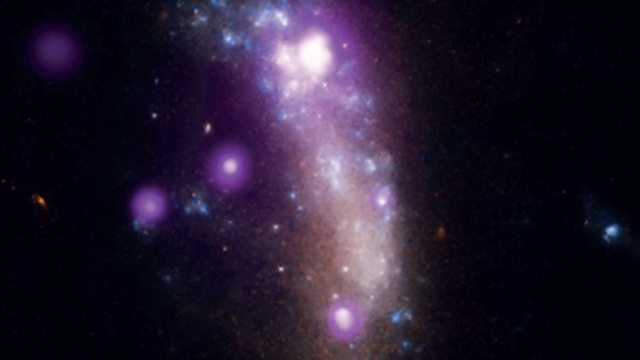
Behavioural profiling at airports; Babies Laughing; Cosmic Dust
How effective is behavioural profiling in spotting potential terrorist? Also, how babies' laughter can show how their minds work, and where does cosmic dust come from?
Behavioural profiling at airports
Airport security has been tightened recently. Passengers must be able to switch on their electronic devices to prove they don't contain explosives. We ask about the science behind spotting a potential terrorist.
Babies Laughing
Tiny babies are, from birth, active learners. They don’t wait for the world to come to them. Claudia Hammond explores the very latest research about what influences the developing mind of the new born infant. Dr Caspar Addyman from the Babylab at Birkbeck, University of London explains that babies really do get the joke.
Cosmic Dust
A new study sheds light onto where dust grains that occur in the wake of an exploding star come from. Rocky planets like our earth are big clumps of cosmic dust – the small particles we see in space and galaxies. Scientists are now trying to understand how these particles of dust get bigger and turn into rocky planets.
Anaesthesia
General anaesthetics which act to cause reversible loss of consciousness have been used clinically for over 150 years. Yet scientists are only now really understanding how these drugs act on the brain and the body to stop us feeling pain. Linda Geddes reports on the latest research using molecular techniques and brain scanners.
Cassini mission to Saturn
Cassini-Huygens is an unmanned spacecraft sent to the planet Saturn. The NASA-ESA-ASI robotic spacecraft has been orbiting and studying the planet and its many natural satellites for 10 years. Adam talks to the mission's leader of the imaging science team, Carolyn Porco, about how successful it's been.
NIME Pioneering Electronic Music
NIME, New Interfaces for Musical Expression, is an extraordinary conference and festival examining the potential of electronics in music, recently on display at Goldsmiths, University of London. Gareth Mitchell and LJ Rich report on the novel ways of making music that have been demonstrated at NIME in partnership with the Beam Festival.
(Image: The supernova SN 2010jl (large white spot near top) produced cosmic dust much larger than usually found in the Milky Way © X-ray: Nasa/CXC/RCA CA/P. Chandra et al)
Last on
Chapters
-
Behavioural profiling at airports
The science behind spotting a potential terrorist.
Duration: 06:49
Babies Laughing
The research saying babies really do get the joke.
Duration: 10:31
Cosmic Dust
Where dust grains that occur in the wake of an exploding star come from.
Duration: 05:13
Anaesthesia
How anaesthetics act on the brain and the body to stop us feeling pain.
Duration: 10:54
Cassini mission to Saturn
The unmanned spacecraft that’s been studying Saturn and its many natural satellites.
Duration: 06:02
NIME Pioneering Electronic Music
NIME, New Interfaces for Musical Expression - a festival examining electronics in music.
Duration: 09:17
Broadcast
- Sun 13 Jul 2014 13:06GMT����ý World Service Online
Podcast
-
![]()
Unexpected Elements
The news you know, the science you don't

